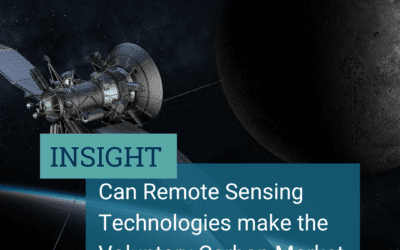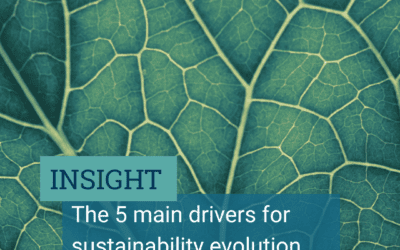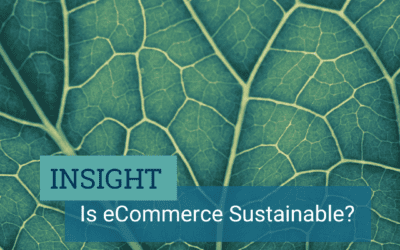
Selecting the right technology for implementing the Corporate Sustainability Reporting Directive (CSRD) involves several key considerations to ensure compliance, efficiency, and effectiveness.
Here’s a guide to help you select the most appropriate CSRD technology:

1. dATA cOLLECTION EFFICIENCY AND COST
- Streamlined Data Collection: Does the tool simplify the process of gathering data from various sources, reducing the manual effort required and minimizing errors? Does it offer templates to populate? Does it enable you to upload your existing files? Does the tool already pre-populate all fields related data, allowing for interoperability amongst reporting frameworks?
- Cost: Is the tool within a reasonable price for your company?

2. Accuracy and Consistency
- Reliable Data: If the tool has a carbon accounting module, a scenario provider and risk assessment framework embedded, is it backed by trustful sources and audit compliance assurance statements? This is crucial for the credibility of sustainability reports.

3. Compliance and Audit Readiness
- Regulatory Adherence: Is the tool covering all of the CSRD Process? Does it provide all of the formats needed?
- Audit Trails: Does the tool create detailed records and audit trails that are essential for verifying compliance and preparing for external audits? Does the tool hold a certificate on audit assurance?

4. Real-Time Monitoring and Reporting
- Timely Insights: Does the tool allow for continuous data monitoring and real-time reporting, providing timely insights into your company’s sustainability performance?
- Proactive Management: Does the tool provide real-time data enabling you to quickly identify and address potential issues, ensuring ongoing compliance and better management of risks?

5. Enhanced Workflows
- Workflows: Does the tool enable you to configure workflows across different functions, improving coordination and reducing the risk of data silos?

6. Scalability and Flexibility
- Adaptable Systems: Is the tool evolving and are the integrated systems scalable?
- Future-Proofing: Can you easily adapt to changes in regulatory requirements or organizational needs, making it easier to keep up with evolving CSRD standards?

7. Improved Risk Management
- Predictive Analytics: Does the tool incorporate predictive analytics to identify potential risks and opportunities related to sustainability, allowing you to take proactive measures?

8. Enhanced Stakeholder Communication
- Reporting: Does the tool enable you to produce reports that can be shared with stakeholders and also a fully compliant CSRD report.
- Stakeholder Engagement: Does the tool enable stakeholder engagement through surveys/ workflows?

9. Support for Double Materiality
- Comprehensive Impact Assessment: does the tool help in collecting and analyzing data related to both financial and non-financial impacts, supporting the double materiality approach required by the CSRD?

10. Continuous Improvement
- Benchmarking and Best Practices: Does the tool facilitate benchmarking against industry standards and the adoption of best practices, driving ongoing improvement in sustainability efforts?
By thoroughly evaluating these aspects, you can select a CSRD technology that not only ensures compliance but also enhances your organization’s overall sustainability reporting process. This strategic selection will help you manage ESG risks more effectively, improve stakeholder communication, and drive continuous improvement in your sustainability performance.
At Impact Labs we are keen on continuously researching and analyzing the Tech market to provide you with valuable insights on a range of features. Backed by our expert team of sustainability analysts and consultants, we have screened, tried out and analyzed more than 360 technology solutions in the last year (+20 Technologies specific to CSRD implementation).
If you need help on your RFP process, contact us – we are happy to help! If you want our Insights into the Technology available on CSRD, check our CSRD Tech Radar report.

Elisa Gonzalez
SUSTAINABILITY STRATEGIST FOR IMPACT
Icons authorship
regulation icon created by adrianadam – Flaticon
organization icon created by xnimrodx – Flaticon
product icon created by Eucalyp – Flaticon
analysis icon created by monkik – Flaticon
user friendly icon created by Muhammad Ali – Flaticon
compliance icon created by juicy_fish – Flaticon
scalability icon created by Muhammad Ali – Flaticon
customer satisfaction icon created by Uniconlabs – Flaticon
Remote Sensing Technologies in the Voluntary Carbon Market
Nature-based Solutions are fueling the Voluntary Carbon Market, which is under high scrutiny. Can Remote Sensing-based technology to make the Voluntary Carbon Market more transparent?
The 5 main drivers for sustainability evolution
This article aims to provide insights into the evolving sustainability market, explaining the main challenges and opportunities. It will enable you to assess your sustainability maturity level and think about where you’d like to be.
Is eCommerce Sustainable?
Here we explore the sustainability of e-commerce and its impact on product distribution, comparing the GHG emissions associated with e-commerce and physical retail stores and providing insights on how to make informed decisions as a consumer. The article also discusses the importance of omnichannel in reducing direct distribution emissions and highlights how e-commerce can be an enabler for sustainability use cases.




